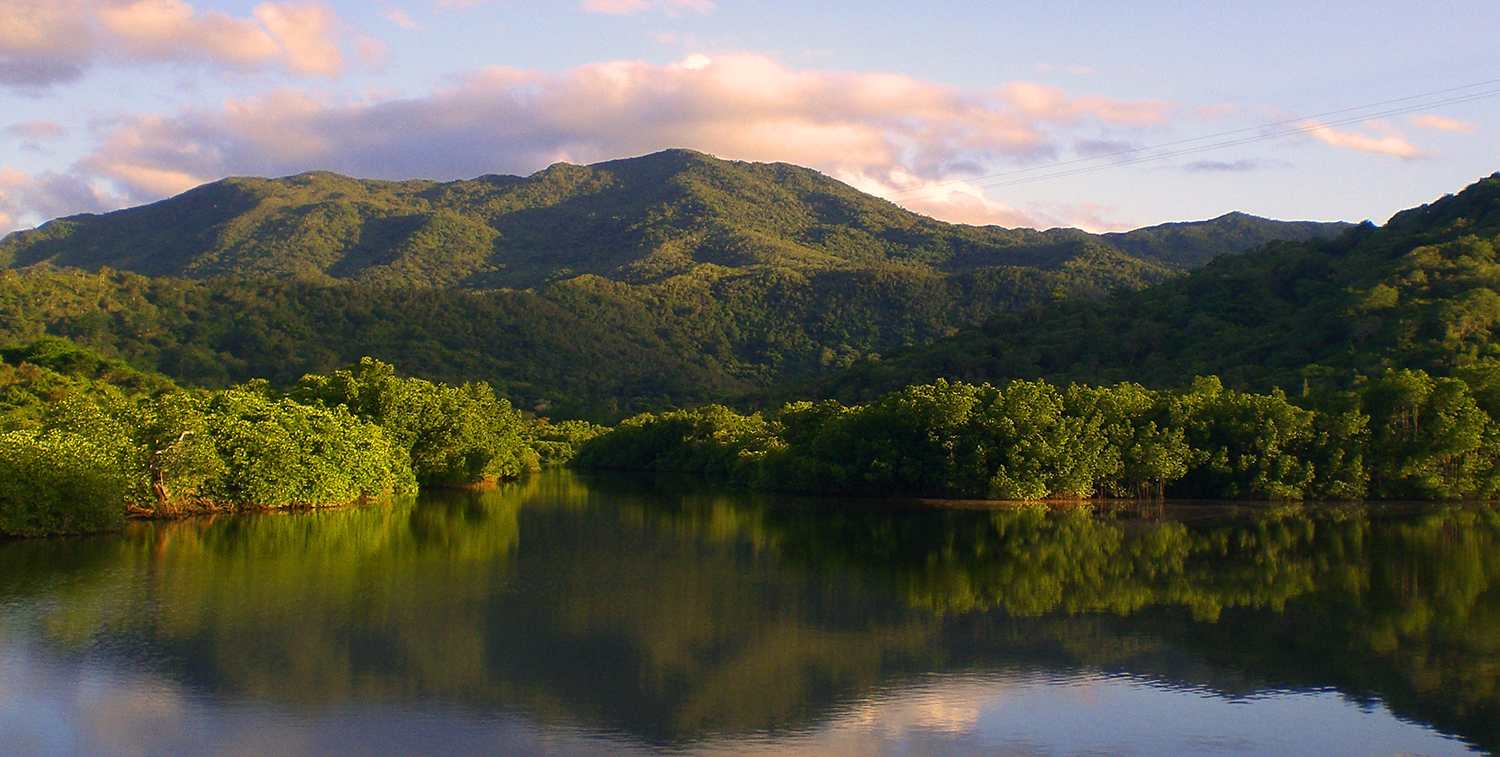
Jump to navigation
Protecting Biodiversity by Supporting People Main menu Main menu CEPF is a joint initiative of l’Agence Française de Développement, Conservation International, the European Union, Fondation Hans Wilsdorf, the Global Environment Facility, the Government of Japan and the World Bank. Or use Google Translate to translate the English site to your language: GTranslate The New Caledonia Biodiversity Hotspot is located in the South Pacific, 1,200 kilometers east of Australia. The hotspot consists of the main island of Grande Terre and the smaller Loyalty Islands to the east, Belep Islands to the north and Isle of Pines to the south. The Chesterfield Islands further to the west, and the uninhabited volcanic islands of Matthew and Hunter to the east, which are politically dependent on New Caledonia, are also included. New Caledonia’s ecosystems include several natural vegetation types, evergreen rainforests—which once covered about 70 percent of the area —among them. Today grassland and niaouli (Melaleuca quinquenervia) savanna occupy more than 32 percent of the hotspot, and are often mistaken by visitors and residents as the typical landscape of New Caledonia. These are, in fact, a result of human activity, maintained by repeated fire and grazing by cattle and introduced deer. CEPF is a joint initiative of l’Agence Française de Développement, Conservation International, the European Union, Fondation Hans Wilsdorf, the Global Environment Facility, the Government of Japan and the World Bank. ©2025 Conservation International
Attribution:
This article was summarized and republished from the original source.
Please check the original article here: https://www.cepf.net/our-work/biodiversity-hotspots/new-caledonia.